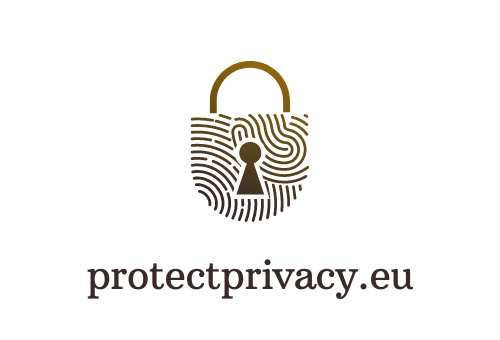Digital Footprints and Online Privacy: How Much Are You Revealing?

In an increasingly connected world, our online activities are more than just virtual actions; they are digital footprints that sketch a detailed picture of who we are. This article delves into the nature of digital footprints and examines how they can compromise our online privacy.
What Are Digital Footprints?
Digital footprints are the traces we leave behind when we engage in online activities. These footprints can be either passive or active. Passive footprints are created without the user’s direct involvement, such as IP logs and cookies. Active footprints, on the other hand, are the result of deliberate online actions, such as social media posts and email exchanges.
The Breadth of Your Digital Footprint
Every time you visit a website, make an online purchase or post on social media, you leave a digital footprint. These footprints can reveal a plethora of information about you, including:
- Personal Information: Name, age, gender, and location.
- Preferences: Your likes, dislikes, hobbies, and interests.
- Behavior Patterns: The time you spend online, the sites you visit, and your search history.
- Communication: The content of your emails, chats, and social media posts.
How Digital Footprints Affect Privacy
1. Data Aggregation and Profiling
Companies and third-party trackers aggregate your digital footprints to create detailed profiles. These profiles can be used for targeted advertising, but they can also fall into the wrong hands or be used for malicious purposes.
2. Identity Theft
With enough information, a malicious actor can impersonate you, gaining access to your accounts and potentially causing financial or reputational damage.
3. Surveillance and Monitoring
Governments and organizations can use digital footprints to monitor individuals’ activities and communications. This can lead to a loss of privacy and, in extreme cases, censorship or legal consequences.
Managing Your Digital Footprints
1. Be Mindful of What You Share
Think before you post. Be cautious about sharing personal information or opinions you would not want to be public knowledge.
2. Use Privacy Tools
Employ privacy tools such as VPNs, ad blockers, and browser extensions that prevent tracking.

3. Regularly Review Privacy Settings
Regularly review and update the privacy settings on your social media accounts and other online services.
4. Educate Yourself
Stay informed about the latest privacy issues and learn how to protect yourself.
Conclusion
Our digital footprints are an inevitable byproduct of the modern, connected world. However, we can mitigate the impact on our privacy by understanding the potential risks and taking steps to manage our online presence. It is essential to strike a balance between the convenience of online services and the protection of our personal information. In an age where data is the new currency, guarding our digital footprints is akin to protecting our most valuable asset.







